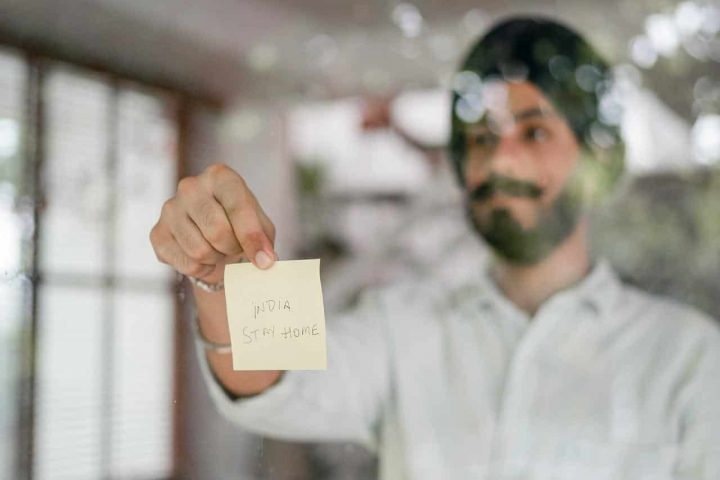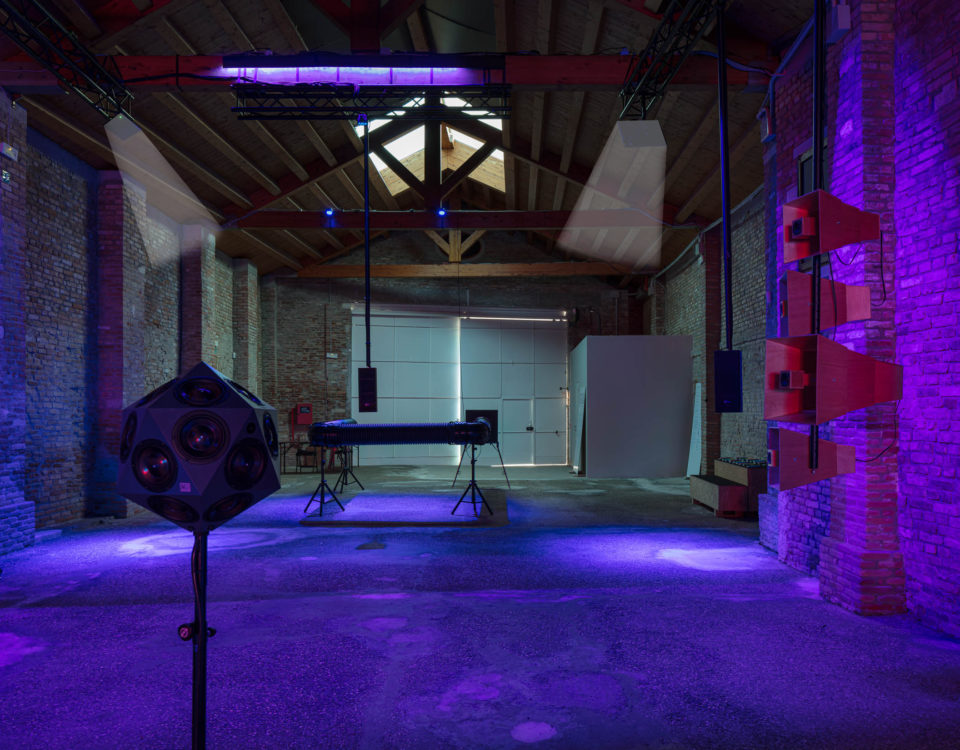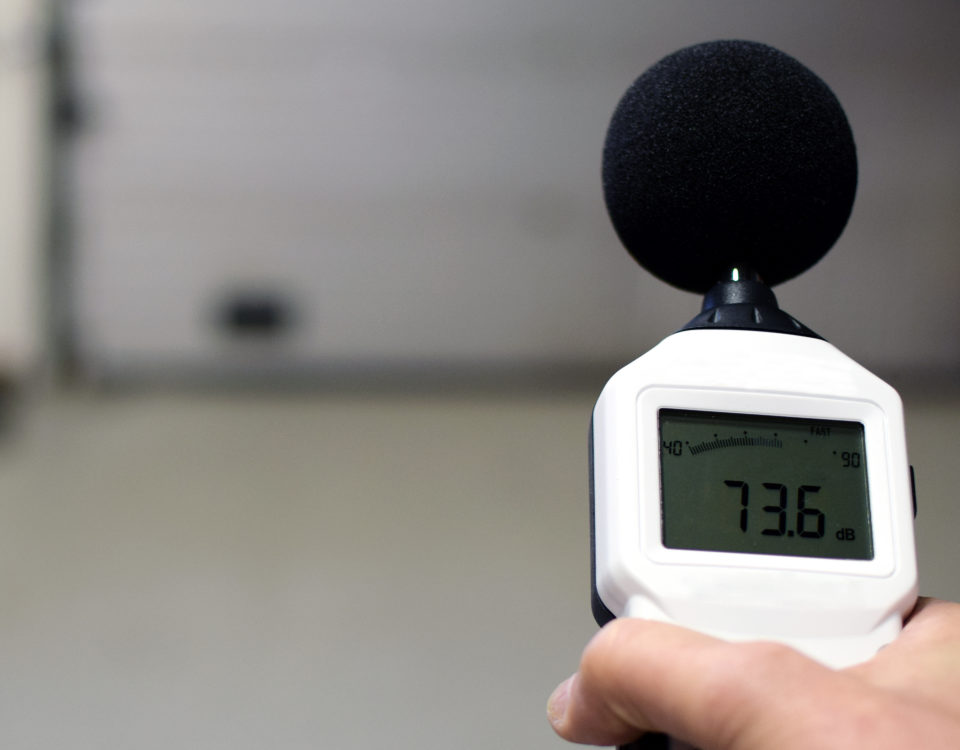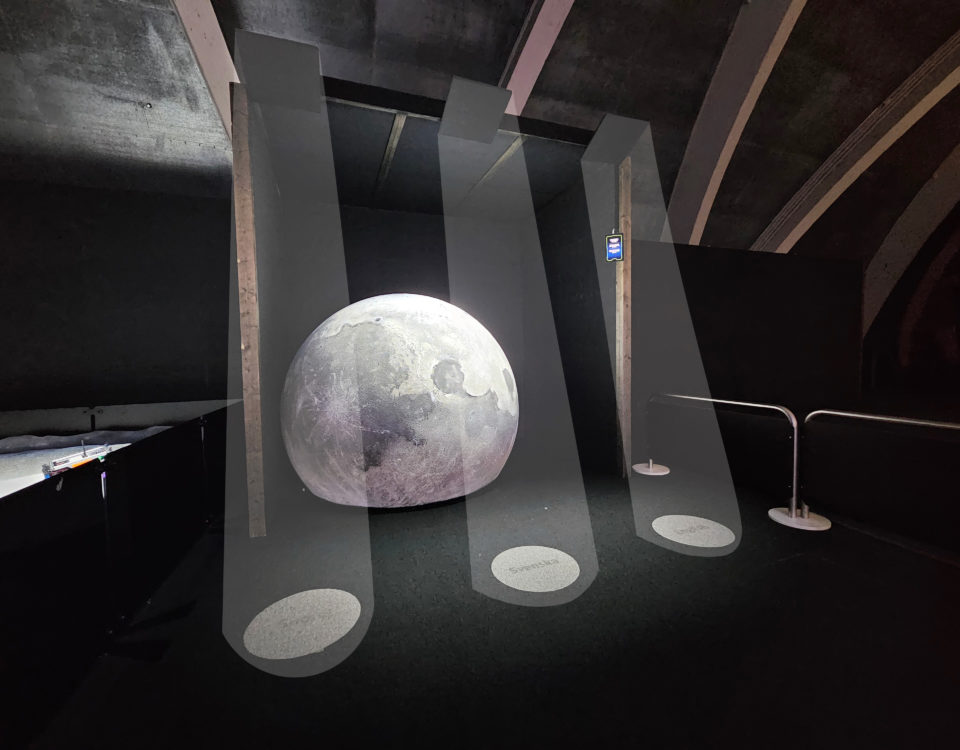Before the beginning of the Coronavirus pandemic in 2019, you would typically expect to see perspex screens used in banks to help ensure the safety of employees behind the work station. Similarly, perspex screens could be found on public buses so bus companies could improve the welfare of their drivers.
Nowadays, due to the rise of Covid-19 there are perspex screens being deployed across an array of industries to help prevent the transmission of the virus. Whether that’s in offices or the retail industry, stores and establishments must ensure they meet the necessary social distancing guidelines set out by respective governments across the globe.
This article will outline why hygiene screens are more important than ever, what is lost through the use of these and how directional audio technology can help combat this issue to offer a solution for all involved.
Why are perspex/social distancing screens important?
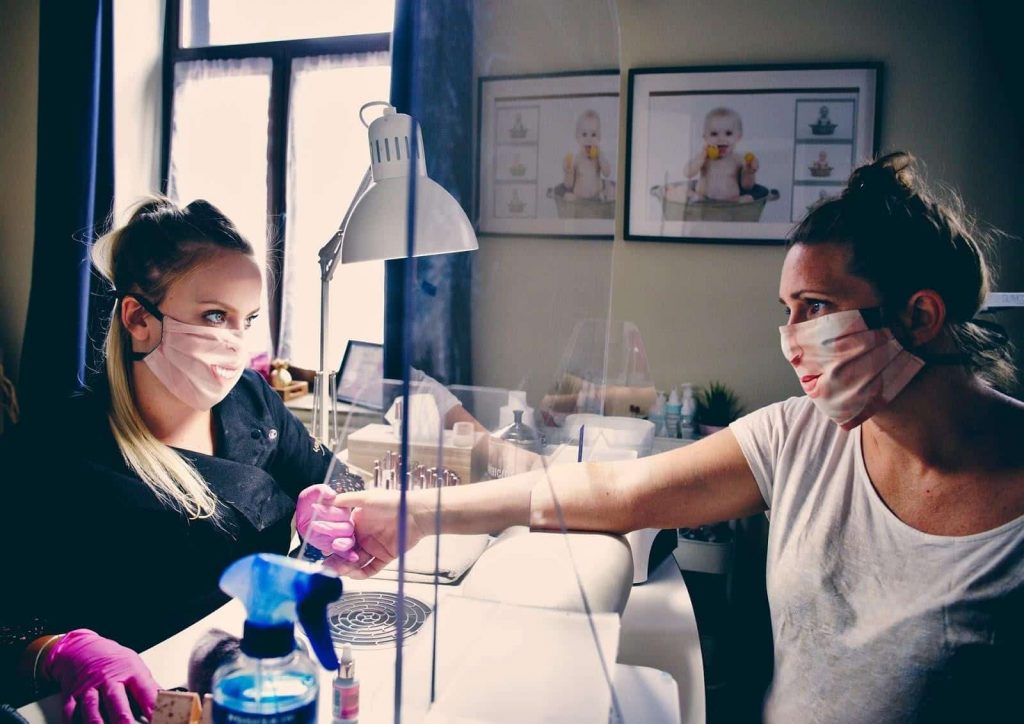
In order for economies across the world to begin functioning to the levels prior to the pandemic, it is crucial all various sectors are back in the workplace. For this to happen, hygiene screens act as an important mediation for the following reasons:
- Flexibility for workplace arrangements: Protective screens do not come in one size for one specific area of space. Depending on the surroundings, either full-standing screens fixed to the floor can be erected between work desks or alternatively, smaller screens can be fixed on top of desks to separate employees or customers within shops.
- Simple to clean: Most perspex screens are manufactured with an antimicrobial surface to help inhibit the spreading of germs. The clear acrylic and glass screens are easily cleaned with a simple hygiene solution and cloth.
- Employees and consumers safety prioritised: It is unclear as to how long social distancing will remain in place. Many employees across industries will be cautious going into the workplace whether it is for their own safety or that of a close friend or relative. Perspex screens help ensure another barrier of protection, both physically and mentally so workers and customers can go about their usual business in a safer manner.
- Bright workspace environments: Due to the transparency of the perspex screens no light is lost when these are implemented in the workplace, creating a more work friendly environment. A recent study has shown lighting to have a significant impact on productivity and concentration, and even decrease depression.
These points detail the benefits of perspex screens within industry now more than ever but there are certain drawbacks that arise as a result of fitting perspex screens.
What is lost through the use of these?

In combination with the mandatory usage of face masks, the eruption in perspex screens have made it increasingly difficult to hear and communicate with the person on the other side, especially if there is ambient noise in a shop etc.
Not only has communication been made increasingly more challenging with perspex screens, it is important to remember what certain industries such as the financial sector used to overcome such barriers. Standard practice within banks has been the usage of conventional loudspeakers in order to improve communication capabilities between staff and customers. However, due to how sound waves disperse from these loudspeakers, sensitive information could potentially be overheard as well as a general increase in noise level which can dampen user experience.
Enter directional speakers… This specialised variety of speaker offers a solution to the new and existing problems that have arisen through the use of perspex screens.
Where can directional speakers help with perspex screens?
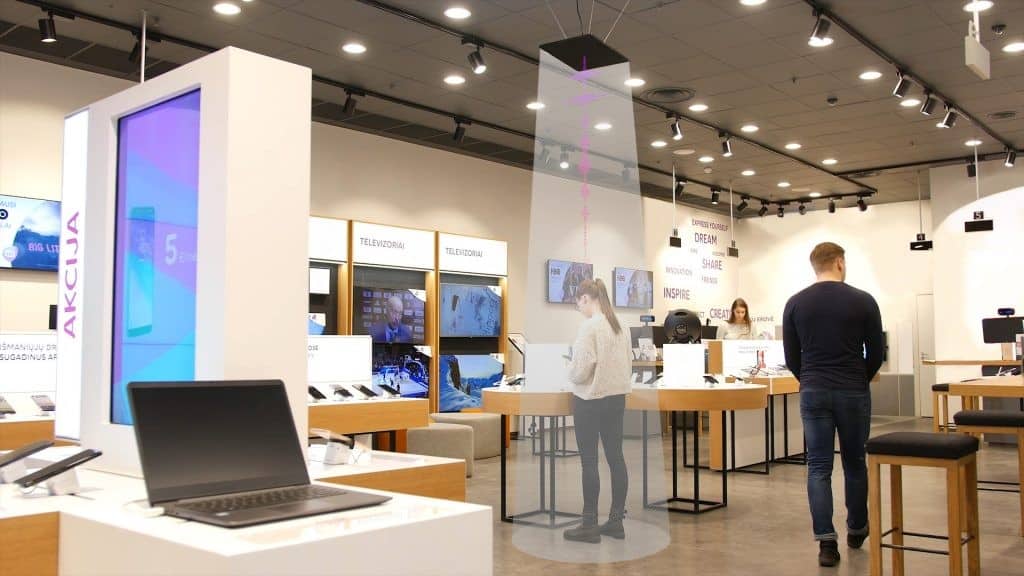
Whether it is in banks or retail stores, directional audio technology can create the opportunity for clear and private conversations between people on either side of the screen. Users can install a small directional speaker either side of the screen, such as the Focusonics® Model B speaker which functions at an optional range of 1-5 metres.
In conjunction with a microphone, the following can be achieved:
- Clear directed audio to the user stood within target range
- High-quality microphones so users feel no need to raise voices
- Staff controls to switch the mic on and off when required
- Limited risk of other people hearing sensitive data being overheard from the workers speaker due to the directional audio technology.
How do directional speakers work?
Directional speakers by Focusonics® emit sound waves in a narrow, fixed beam with a precision similar to light. The high-frequency sound waves coming from the speaker are modulated with audio signals and as they pass through the air they demodulate so sound can be heard.
This is in contrast to conventional loudspeakers, typically deployed in banks as previously mentioned, where sound is generated via a singular, moving electromagnetic cone or coil. Sound waves from such speakers disperse as they travel through the air, unlike the ultrasonic waves from directional speakers which deliver sound to the target area and importantly do not contribute to any ambient noise in nearby proximities.
Take a read of our sound control technologies page to find out in greater detail how this advanced audio technology works.
Conclusion
We have established that perspex screens are here to stay for the foreseeable future and that despite how crucial they are in helping maintain social distancing during the pandemic, they do not come without consequential negative drawbacks – namely the difficulty in communication.
Installing and fitting directional speakers, with a mic function, on either side of a perspex screen will undoubtedly improve user experience not only in banks to help confine sensitive information to those individuals involved, but encourage more potential customers to go out and shop if they know there will be no issues with hearing.
Please contact us if you are interested in incorporating directional speakers so we can help improve your business with directional audio technology.

